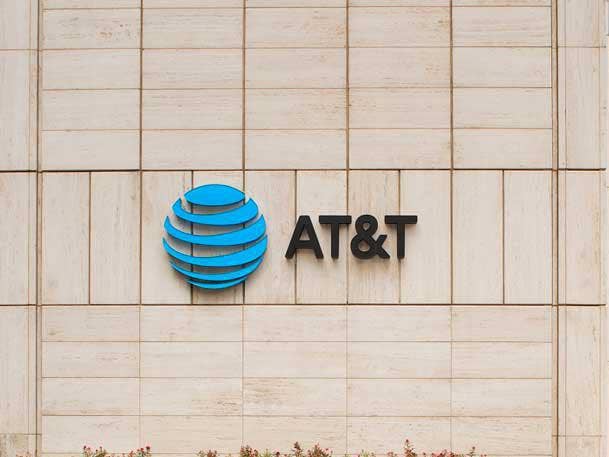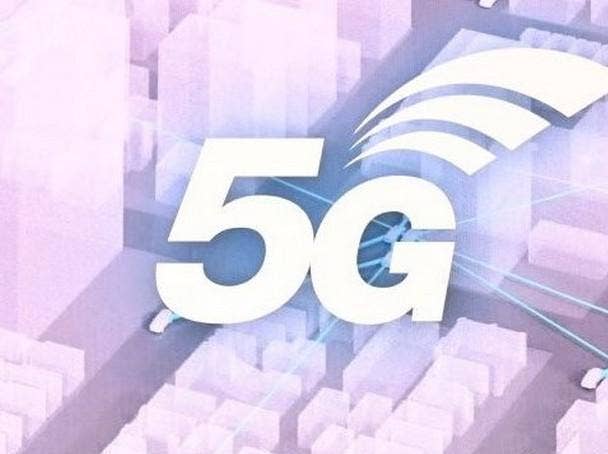AT&T Channel Chief: ‘We’re Going To Be Leaning In Very Intensely’
Randall Porter, who was crowned channel chief three months ago, fills CRN in on his vision for the carrier giant’s channel and why AT&T is at a “critical time” in its evolution.

Three Months In
AT&T’s Channel Chief Randall Porter has seen a lot of change throughout his impressive tenure in the telecom space. He stepped into his new role leading the carrier’s indirect efforts in June and since then, has been focusing his energies on simplification and business transformation in the channel — two undertakings that he’s no stranger to.
Porter has served in a variety of positions for the carrier giant during his more than 24-year tenure, with more than 10 years spent in the channel. He worked in several finance and marketing roles before becoming assistant vice president of marketing looking after the company’s wireless, applications and IP portfolio. Prior to his current position, he served as vice president of strategic alliances at AT&T Business and before that, vice president of partner management and business development. All that to say, he understands that customers, perhaps now more so than ever, are relying on channel partners to help with their own IT transformations. He also understands that partners want their trusted vendors to lean into the channel and mean it. That means resources, and in AT&T’s case – three different programs that give partners the flexibility and choice they need to grow their businesses.
Three months into his tenure as AT&T’s channel chief, Porter sat down with CRN to talk about his vision for the channel, the big opportunities around 5G, fiber, UC and contact center that are “selling faster than you can imagine,” and what he wants partners to know about AT&T’s commitment to the channel.
What follows are excerpts from the conversation.

What are partners asking about AT&T’s partner strategy and your vision for the programs?
I actually spent the first three months getting out [and] talking with the teams, visiting with partners; a lot of them I knew from the past and a lot of them I’ve gotten to know now, and really asking those exact things. It really comes down to three things. The portfolio and where we’re headed with fiber and 5G and ensuring that we’ve got the best network capabilities, technologies and solutions for them to utilize in the market. Then it’s around their choice and how we enable them -- partner choice and partner enablement. From a choice standpoint, there’s a lot of different business models out there and not one size ever fits all. So, it’s really how do we take our three award winning programs – Alliance [Channel], [Partner Exchange] Apex and ACC -- and then offer them that choice so they’ve got the confidence to not only build and invest in their business, but to grow with us utilizing our best-in-class portfolio. Those are kind of what I call the table stakes.
The third one is really around: “OK, AT&T, if you’re serious about leaning into the channel, what does that what does that actually mean tactically? And are you going to provide the tools, the capabilities and the investment on an indirect-focused basis for us to utilize those services to build and grow?” So, we’re working through exactly what that’s going to look like in terms of the investment, but we are going to be moving down that path in terms of further enablement and allowing them to serve their customers and grow.

Can you go through each of the three AT&T partner programs and do you intend on keeping them separate?
There are three distinct programs. I’ll start with Apex because that was an industry-first where we launched a reseller-type capability that allows our solution providers to bundle and package and utilize our core networking services -- fiber, mobile and 5G -- into their solutions. They actually can own the end user, end-to-end, and build up revenue streams. It allows for differentiated services like marketing funds, but then also the ability to co-brand and use our brand in conjunction with how they’re servicing and supporting their customers. From an ACC standpoint, this [program] allows our solution providers to solo sell primarily our networking capabilities. So, think [dedicated internet], fiber and security-based services directly due to customers. The third is Alliance, which allows the choice for partners to both sell on their own where they would like to and/or work in conjunction with our direct team on a co-sell basis, depending on where the partner focus is, and what their value or differentiation is. This can be everything from tech distributors and VARs.
Right now, one of the core tenets of this strategy is around choice. Now, over time, where we’re able to have the tools and capabilities necessary for that solo ownership and joint ownership, you can see further simplification. But today, the focus is around all three and ensuring that our partners have the choice for them to be successful.

How critical is 5G and fiber growth and expansion to your channel vision?
When you think about our overarching strategy, both from a company standpoint, as well as the channel standpoint, it really is around simplification. As you’ve seen in our earnings, we are at kind of a critical time in our evolution from a company standpoint. We’re getting back to what we do best, which is connecting people and businesses. Our chairman has publicly stated that our mission is to be the number one broadband provider in America. So, when you think about those things and the backdrop of how we’ve evolved as a company over the past -- it’s been really fast -- 12 -24 months -- we are very, very focused on those core assets. We’re making the investment in that network and that comes down to fiber and 5G. Simplification from a strategy standpoint is really leading the way and that sets us up in terms of the portfolio and enablement for our solution providers and the opportunity that will provide them very, very specifically in fiber and 5G. And then, services that are either adjacent or associated to those, [like] security and VoIP as well. So, that’s where we really see the biggest opportunities for our partners to invest and grow with us.
I definitely think what’s occurred the past couple of years has accelerated both the opportunity, honestly, in fiber and 5G. When you think about the move to almost everything hybrid and everything moving into the cloud and the edge, and that boils down to the need for both mobile, 5G-based capabilities, as well as fiber-based capabilities. I’d say we’re still kind of early on in the 5G decade, but those trends have definitely accelerated. It’s forecasted right now that [5G] it’s going to basically double the economic impact of 4G, which is exciting to think about how our solution providers can take advantage of those new solutions and services, but then the things that are going to be needed in terms of enablement of automotive and manufacturing at the edge, augmented reality, extended reality, virtual reality -- all of those things that are coming down the pipe faster than I think any of us anticipated. It creates a big opportunities for solution providers with those types of capabilities partner with us and grow.

How big is the UC and contact center opportunity for the channel?
It’s absolutely a big, big interest for partners. It’s implementing and selling faster than then you can imagine just based on that opportunity, both one, in terms of going virtual, but then two, the opportunity now to move from some of these copper-based legacy networks to fiber-based, fully VoIP, gives a lot of new functionality and features for businesses to utilize as they expand and grow in that virtual and cloud-based environment. And that’s just a perfect example of where solution providers can focus in on their strengths and capabilities. [They can] use our underlying network and services as part of part of that solution. That’s one of the fastest areas that we’re seeing in terms of growth as well.

Three months in as channel chief, what do you want existing and prospective AT&T partners to know right now?
We’re going to simplify and make it easy. We’re going to focus in on fiber and 5G, which allows us to stay in our lane and allow the partner to build on top of those capabilities. And then third and probably most important for any partner, is we’re going to provide that partner choice and that partner enablement. We’re going to be leaning in here very intensely over the next three to five years.
I would say my number one [goal], already a quarter in, is to accelerate what we see as a clear trend in the market, which is the utilization of partners and the utilization of the indirect [channel] to fulfill customer needs. So, we want to make sure that we’re accelerating that growth, we want to make sure that we’re providing the best services, as well as the best enablement for those for our partners to be able to achieve that goal.